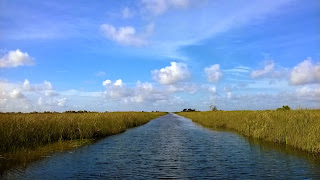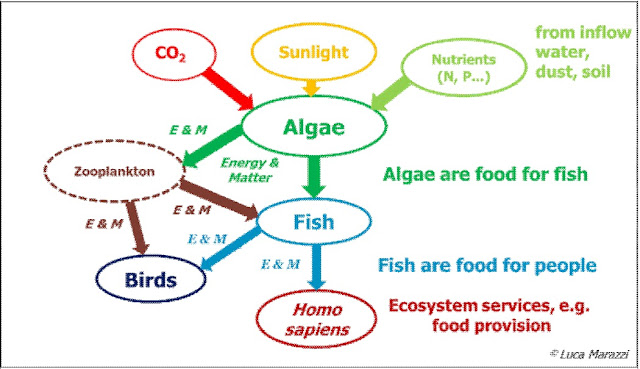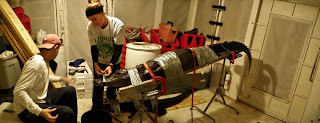Mike Bush is a guest blogger and a PhD student in the Trexler aquatic ecology lab at FIU (
http://faculty.fiu.edu/~trexlerj/).
-------------------------------------------------------------------------------------------------------------
 Everglades restoration can come in many forms, from ensuring
that water heading south through the Everglades Agricultural Area is stripped
of excess nutrients before it hits the more natural areas of the Everglades to
shuffling around huge amounts of water under Alligator Alley into Fakahatchee
Strand.
Everglades restoration can come in many forms, from ensuring
that water heading south through the Everglades Agricultural Area is stripped
of excess nutrients before it hits the more natural areas of the Everglades to
shuffling around huge amounts of water under Alligator Alley into Fakahatchee
Strand.
Perhaps no
project is as ambitious as the Water Conservation Area 3A Decompartmentalization
and Sheetflow Enhancement Project (we just refer to it as “DPM” or “Decomp” for
short, thank goodness). DPM is a multifaceted project, with major involvement by the South Florida Water Management District and the US Army Corps of Engineers, that focuses on removing
levees and plugging canals that are found throughout the Everglades, hence the
“decompartmentalize” part. The overarching goal here is to restore sheetflow, that
slow moving conveyance of water through the Everglades that inspired Marjory
Stoneman Douglas’ phrase “River of Grass”. A component of DPM is the DPM
Physical Model, the first step in testing how restoration of sheetflow will affect
sediment and nutrient transport. This in turn could affect the plants and
animals of the system, including how the ridge-and-slow structure of the
Everglades is maintained or altered.

Construction
for the project about a year ago, and the lab I’m in has been collecting fish,
amphibian, and aquatic invertebrate data since Fall 2010. Water is projected to
flow east from a section of the Everglades known as Water Conservation Area 3A, through a series of culverts in the L67-A levee, across
a roughly 1 mile section of marsh known as the “Gap” or “Pocket”, and then across the
L67-C canal and levee into Water Conservation Area 3B. The C canal, where many of my field sites
are, has either been filled in entirely or partially filled across the
experimental zone. This will examine whether future restoration projects can
get away with just partial canal fills, a much cheaper option than filling a
deep canal with earth all the way to marsh level. The project is finally
complete and today the culverts in the A levee were opened. Today, known to
many in many agencies and institutions as “Flow Day”, is the first day in what
hopes to be a great day for Everglades restoration.
I am amazed at how much manpower and collaboration
goes in to trying to restore natural components of the Everglades landscape.
And it’s certainly odd to spend so much time out here with no other humans
(besides some very dedicated and excellent field technicians), and suddenly
there’s a fleet of dump trucks and earth movers out in the middle of the
Everglades! Well worth the effort though for this exciting (and necessary)
project for restoration.
I’ll
post aerial photos within the next couple of weeks! Stay tuned! Photo credits go to Sabrina Schneider, one of those very excellent techs I spoke of.
 Everglades restoration can come in many forms, from ensuring
that water heading south through the Everglades Agricultural Area is stripped
of excess nutrients before it hits the more natural areas of the Everglades to
shuffling around huge amounts of water under Alligator Alley into Fakahatchee
Strand.
Everglades restoration can come in many forms, from ensuring
that water heading south through the Everglades Agricultural Area is stripped
of excess nutrients before it hits the more natural areas of the Everglades to
shuffling around huge amounts of water under Alligator Alley into Fakahatchee
Strand. 



Comments
Post a Comment